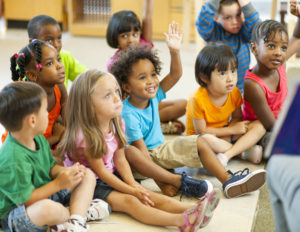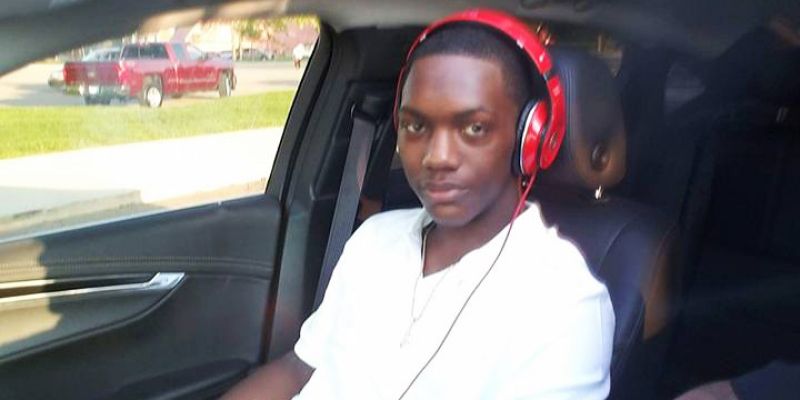Social Skills Curriculum May Prepare Tots for Job Success

“It’s all about emotional intelligence,” my friend Stephanie said when I visited her last week in Washington, D.C.
We were talking about the ability to thrive in the workplace and the challenges that each job presents. Emotional intelligence, also known as EQ, encompasses social skills, self-acceptance, assertiveness, and resilience.
The Big EQ Campaign, which I’ve written about before, offers a simple definition: the ability to deal with yourself and others in a healthy way.
The Primacy of Social Skills
According to a new academic study, The Growing Importance of Social Skills in the Labor Market, the demand for well-developed social skills in the workplace accelerated after the year 2000, when, the author writes, they became “a significantly more important predictor of labor market success” for young adults.
Whether you’re young or not, social skills are figuring prominently in a growing number of jobs, even in STEM or math-centric positions. More jobs are requiring both high math skills and high social skills, according to the study.
Although emotional intelligence has been studied for some time and is not without controversy, it’s also true that it can apparently be taught. Only 10% of schools provide a social-emotional curriculum, but they see remarkable results. According to the Big EQ Campaign, prioritizing emotional and social intelligence skills in schools:
- Reverses by up to 90% high rates of classroom disturbances, bullying, violence, drug use, and dropouts
- Dramatically increases core test scores (by 11 points or 20%)
Kindness Curriculum
And you can’t start too young. The University of Wisconsin-Madison’s Center for Healthy Minds has developed a kindness curriculum for preschoolers available free online. It’s been downloaded more than 7,000 times, according to Education Week.
Pre-kindergarteners in a pilot program learned about sharing, attention, empathy, and managing their emotions, but what’s interesting is they improved not only in these areas but in their grades as well. They may not realize it, but they’re also being prepared to thrive in the workplace.
Here’s an excerpt from the story.
Researchers at University of Wisconsin-Madison’s Center for Healthy Minds have created a “kindness curriculum” which they have tested in six schools in that city. The curriculum is available online for free and has so far been downloaded 7,300 times.
Twice a week for 20 minutes during pilot testing of the curriculum, pre-kindergartners did activities aimed at helping them to pay attention, regulate their emotions, and practice kindness. Past studies have shown that children who learn these skills tend to become healthy adults who continue their education and end up financially stable. The skills may also better equip them to deal with future life stress.
“There is so much research that shows that these skills learned early in life can set kids out on a positive trajectory,” associate scientist Lisa Flook told Education Week. She is part of the team of researchers at the University of Wisconsin center that wrote and tested the curriculum. Starting early pays off, Flook said, in that for every dollar spent on early intervention, the return ranges from between $7 and $11.
Teaching Kindness
So how do teachers bring kindness into the classroom? One activity involving “peace wands” helps students settle a conflict—say, over a toy—peacefully. The child with the heart wand speaks “from the heart,” while the child with the star wand acts as the “star listener.” After the child with the heart wand expresses her feelings (“I’m sad in my heart. I want to play with the toy.”), the child with the star wand repeats back what was said (“You are sad and want a turn with the toy”). The two then switch wands and roles. The goal, in the end, is for the kids to come up with a way to solve the problem, perhaps by taking turns.
Read more at Education Week.





